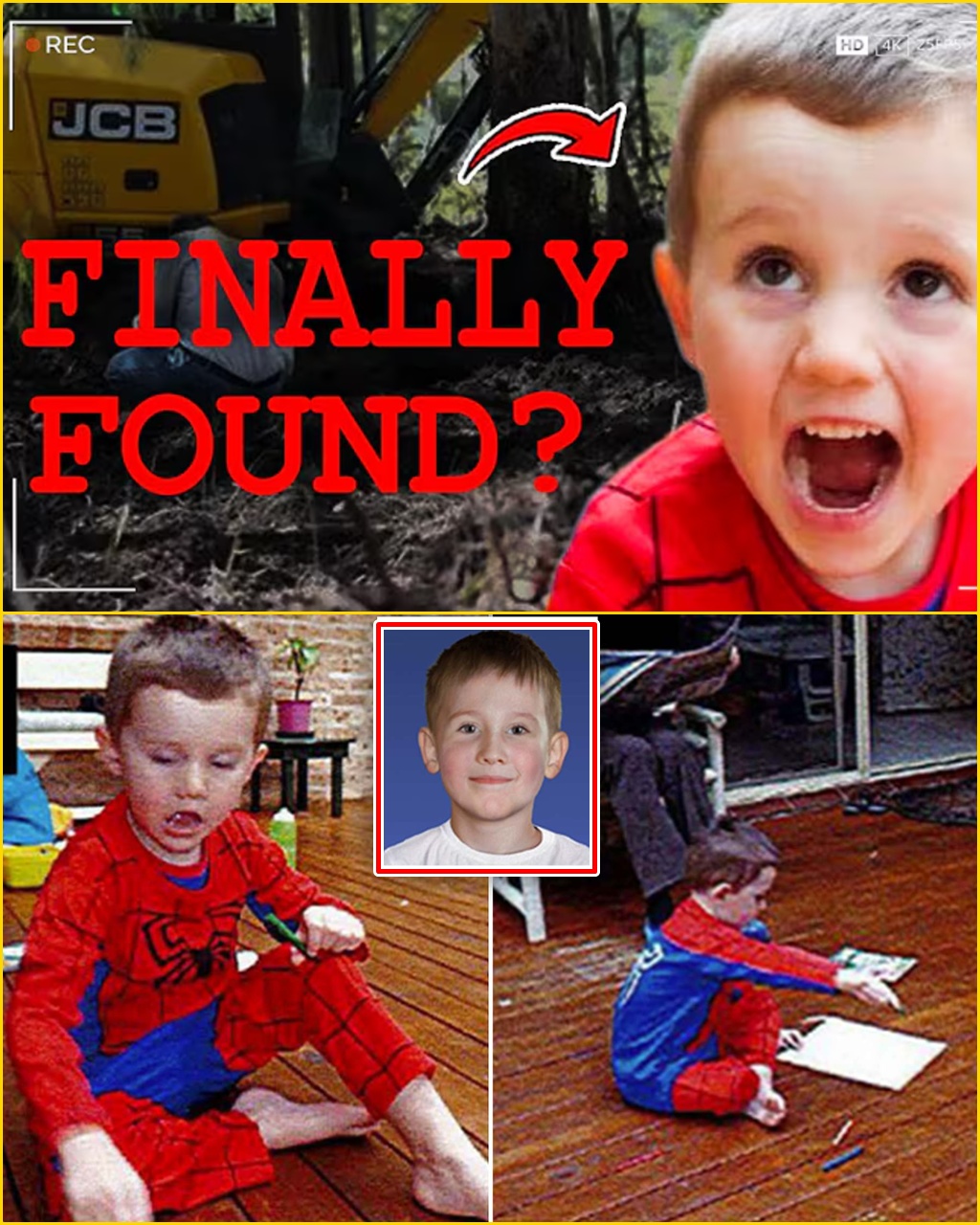It’s been more than 11 years since three-year-old William Tyrrell, dressed in his tiny Spider-Man suit, disappeared from his foster grandmother’s backyard. One minute he was laughing, playing, pretending to be a superhero — the next, he was gone.
What began as a frantic search in a quiet Australian town has since become one of the most complex and heartbreaking investigations in the nation’s history — a case that has exposed systemic failures, fractured families, and a justice system weighed down by its own mistakes.
The Day It All Began
On the morning of September 12, 2014, William was visiting his foster grandmother’s home in Kendall, a small town surrounded by dense bushland. Within minutes, the boy’s laughter faded into silence. When his foster mother realized he was gone, she called police — and what followed was one of the largest search operations Australia has ever seen.

Hundreds of volunteers combed through forests, drained dams, and searched under every log and rock. Drones, dogs, and helicopters scanned the area — but not a single trace of William was ever found.
The Investigation That Shattered Trust
As the days turned to months and the months to years, questions grew darker. How could a child vanish from a quiet backyard in broad daylight? And why were the details surrounding his disappearance so murky?
Investigators initially focused on local residents and known offenders, but the search soon widened — and so did the controversy.
Former lead detective Gary Jubelin, once hailed for his tireless pursuit of the case, was later charged with illegally recording conversations during his investigation. His career ended in scandal, and with it, public confidence in the official search began to erode.
The NSW Coroner’s inquest later revealed heartbreaking contradictions between the foster family’s testimony and the biological mother’s pleas for answers. The birth mother, who lost custody years earlier, told the court she had lived every day “between hope and horror,” not knowing if her son was alive or gone forever.
A System Exposed
Beyond the mystery of one missing boy, the William Tyrrell case revealed deep cracks in Australia’s foster care system. Reports showed miscommunication between agencies, lost files, and critical delays that hampered early progress.
Child protection advocates say William’s story reflects a broader issue — how bureaucracy, silence, and fractured communication can allow the most vulnerable to slip through the cracks.
“William’s case isn’t just about one child,” a social worker said during the inquiry. “It’s about what happens when the system fails to protect the very people it was built for.”
New Leads, Endless Hope
Even after 11 years, the search has never truly stopped. In 2023, police returned to Bushland near Kendall, digging and using new forensic tools. They found items of interest, but none directly linked to William.
As of today, no one has been charged — and no remains have been found.
Yet, despite heartbreak and exhaustion, detectives, journalists, and ordinary Australians continue to hold onto one fragile belief: that somewhere, somehow, the truth is still waiting to be found.
“We will never give up on William,” said NSW Police in a statement earlier this year. “Someone out there knows what happened.”
The Boy Who Became a Symbol
William Tyrrell’s face — frozen forever in that Spider-Man costume — has become a symbol of both innocence and injustice. His smile lives on in posters, murals, and countless social media posts marked with one haunting phrase:
#WhereIsWilliamTyrrell
As this new true crime documentary reveals, the story of William isn’t just about a mystery — it’s about a nation still searching for peace, for accountability, and for a little boy who never got the chance to grow up.
Eleven years later, the search continues.
Because until the truth is found, Australia refuses to stop asking the one question that still echoes across the outback:
Where is William Tyrrell?




